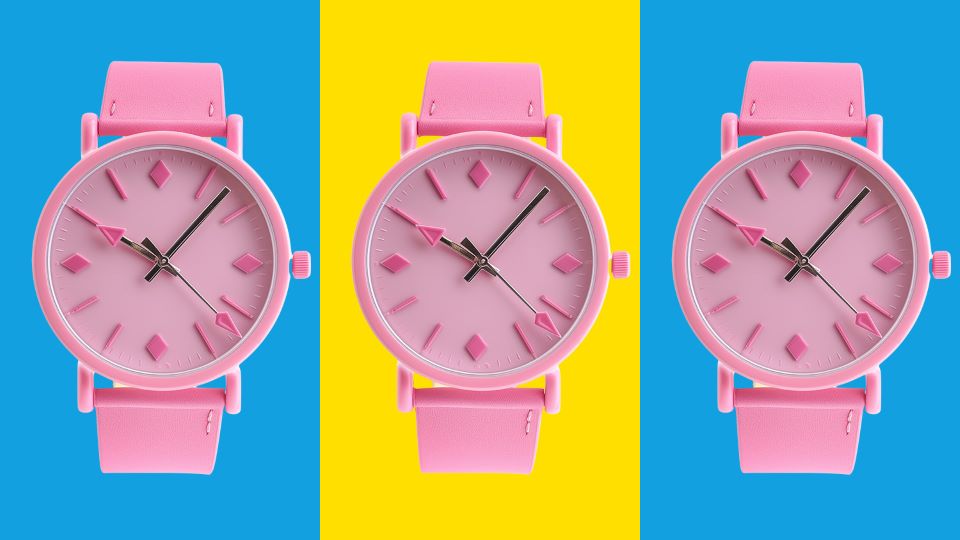These are boom times for retail media, which is on track to top $100 billion in spend in the U.S. by 2027, according to eMarketer.
Until recently, retail media has been a Goliath’s playground, with the likes of Amazon, Walmart and Target wielding vast amounts of customer data and resources to dominate the field. (Amazon launched its retail media network in 2012, Walmart in 2015 and Target in 2016. And keep an eye on Costco, which earlier this month announced it, too, is launching an RMN.)
But increasingly, the sector isn’t reserved just for the biggest big-box and e-commerce players. Niche retailers and regional grocery chains have been getting in on the action, while the very parameters of retail media have been stretching and expanding.
For example, in April, Chase introduced Chase Media Solutions, which offers brands the opportunity to connect with its 80 million customers through a platform that industry observers and the trade press widely described as a new sort of RMN. (See, for instance, “Chase Launches Retail Media Network; Air Canada and Whataburger Among First Set of Clients,” from Retail TouchPoints.) Shortly thereafter, Saks launched the Saks Media Network (as we noted in the April 26 edition of The Week in Retail), promising marketers a chance to engage with its coveted, deep-pocketed demographic. And earlier this month, United launched Kinective Media by United Airlines to leverage insights from travel behaviors for brands. (As Brand Innovators put it, “United launches sky-high retail media network.”)
Regional retailers are making major moves in the retail media network space
The sector’s paradigm shift is further defined by major moves from regional players. A prime example: The Save Mart Companies, a grocery store operator with nearly 200 locations across California and Nevada, which has teamed up with Quad on its in-store retail media network that will be deployed across its three banners (Save Mart, Lucky and FoodMaxx). The partnership leverages In-Store Connect by Quad, which positions digital screens and kiosks throughout stores to give retailers and CPG companies the opportunity to deliver relevant promotions, share key product information and connect adjacent product options to shoppers.
“Physical stores continue to account for the vast majority of retail sales, especially for grocers,” says Kevin Bridgewater, Quad’s Senior VP of Strategic Retail Initiatives. The Save Mart partnership “demonstrates how retailers can generate value for the brands on their shelves, the customers in their aisles and their own bottom lines by deploying high-impact, in-the-moment, in-store retail media networks that bridge physical and digital consumer connections.”
As Eric Ashworth, President of Quad Agency Solutions, explains, the technology at the core of In-Store Connect by Quad “allows us to deliver targeted ads on digital screens at the most critical moment in any purchase decision: right at the store shelf. This is a trifecta of benefits for retailers, CPGs and their consumers.”
Aside from Save Mart, a number of other prominent regional grocers have launched RMNs, including Giant Eagle (which has nearly 500 stores across Indiana, Maryland, Ohio, Pennsylvania and West Virginia) and Sprouts Farmers Market (with more than 400 stores across 23 states).
The big retail networks may not cover all the consumers that marketers should be reaching
As Grocery Dive reported earlier this year, an analysis of U.S. retail foot traffic by Placer.ai found that while national supermarket companies such as Kroger loom large in the grocery sector, regional and specialty stores are drawing a “commanding” share of highly devoted customers. That’s because, as big as the giants are, many consumers remain steadfast in their devotion to local/regional grocers. As Grocery Dive notes, citing Placer.ai’s data, the “10 most-visited chains together only comprise 42.6% of total grocery visit share for last year.”
And the most recent edition of the annual Independent Grocers Financial Study, released last August, shows that same-store sales for independent grocers enjoyed a year-over-year spike of 4.8%, according to the National Grocers Association (NGA).
Regional players excel at fostering customer connections and creating a welcoming in-store environment. They are staffed by familiar faces — employees who know the regular customers by name, offer personalized recommendations and go the extra mile to provide exceptional service. As Progressive Grocer’s Emily Crowe writes, “Regional grocers have proven to be powerhouses over the past several years of economic uncertainty.”
“Regional retailers have built trust with their regular shoppers,” says Ashley Wacht, Head of CPG Product Marketing at Quad. “This can make these stores an ideal launchpad for CPG marketers to introduce new products, giving their brands an opportunity to truly connect with consumers.”
There’s more than one way for big brands to achieve scale
The slow-motion deprecation of third-party cookies has sent major marketers scrambling for alternatives (see Quad’s new guide: “The data you’re missing: 9 truths about the new world of data-informed marketing”), but regional retailers definitely don’t have to cede the Big Data game to the biggest players. That’s because the smartest regional retailers have been building something special: unique datasets that can offer unmatched insight into the behaviors and preferences of consumers across specific localities.
As a recent Boston Consulting Group study put it, “Many retailers are sitting on a fortune of data, yet most neither collect first-party customer data in a structured way nor leverage its full potential. The missed opportunities are massive.”
The data owned by these retailers has the potential to transform their marketing, allowing for hyper-targeted advertising and promotions within the store and across other offline and online channels.
“When it comes to leveraging data, the missing piece of the puzzle for many regional retail players is scale,” says Lily Wen, Director of Product Marketing – Data & Media at Quad. “They may have incredible datasets, but from the point of view of the big brand marketers, they might not have the necessary critical mass on their own. That’s why Quad has been focused on serving regional as well as national players with In-Store Connect. Because there’s more than one way to achieve scale.”
As a marketing experience (MX) company that works with more than 2,700 brands across every conceivable sector, Quad has been working closely with retailers for decades. As part of our MX suite of solutions, for instance, Quad serves more than 20,000 retail locations nationwide with custom in-store materials. And our MX: Intelligence offering helps both national and regional marketers leverage data and insights from 260 million consumers across 117 million U.S. households.
“The most important thing to keep in mind about the increasingly complicated retail media landscape,” says Wen, “is that the goal is really simple — to make it easier than ever for consumers to find and buy exactly what they want and need. The retailers and brands that think of RMNs as part of a seamless, data-driven omnichannel strategy are going to win the day.”
Want to continue the conversation? Please contact Ashley Wacht, Head of CPG Product Marketing, to learn about how Quad can help retailers and CPG marketers through In-Store Connect by Quad, as well as other game-changing offerings across Quad’s MX suite of solutions.



